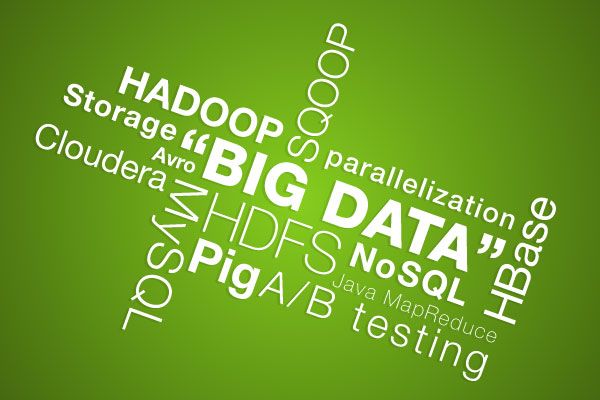How to tell if your database is outdated-5 warning signs

It can’t handle your current data volume
In the past few years, companies have seen a surge of data like never before. Thanks to the popularity of social media, mobile devices and online shopping, companies face an onslaught of new data, much of which is unstructured and not typical of previous sets. Transaction and click stream data harbour the potential for deep insights into customer desires and behaviours, but for many traditional databases, the data volume and data types are too much to handle. This leaves IT managers with the tough decision of expanding staging areas past what their warehouse can handle without making upgrades, or picking and choosing which data to process and store for analysis.
It’s getting too expensive to maintain
As staging areas expand and warehouses become overloaded with data that is coming in too fast and at too high a level, upgrades and expansions of the facility are extremely expensive. A Hadoop platform, on the other hand, is a much cheaper platform to store data for ELT processing.
It doesn’t process modern analytical workloads
Platforms specifically designed to handle big data like Hadoop are able to handle additional analytical workloads that an outdated warehouse wouldn’t be able to handle. For example, with Hadoop, IT managers are able to analyse data in motion and conduct analysis of both structured and multi-structured data. This type of analysis is crucial to getting rapid feedback for online marketing campaigns and monitoring and responding to customer sentiment online.
It can’t handle extreme workloads
The ability to run a lot of data at the same time for analysis goes hand in hand with an increased volume. If your current database isn’t able to analyse millions of data sets at once, the analysis will take too long to provide relevant business intelligence when you need it. A modern database, on the other hand, should be able to run millions of scoring models concurrently – on credit card accounts to detect fraud, for example.
It can’t quickly retrieve archived material
An important part of converting data to actionable business intelligence is being able to quickly retrieve data that may have been archived in the past, but could offer additional insights when combined with new multi-structured data. Outdated archival media such as tapes would not be able to quickly retrieve this material, but a big data platform offers long term storage and reprocessing of data for rapid, selective material.
The ability to quickly retrieve, process and store a lot of data is quickly becoming a necessity for businesses to compete. If any of these warning signs ring true with your current database, it is probably time to start implementing a plan to incorporate big data platforms into your business strategy.
Nitin Bandugula is the product marketing manager at MapR Technologies, a leader in Hadoop technology. Source























